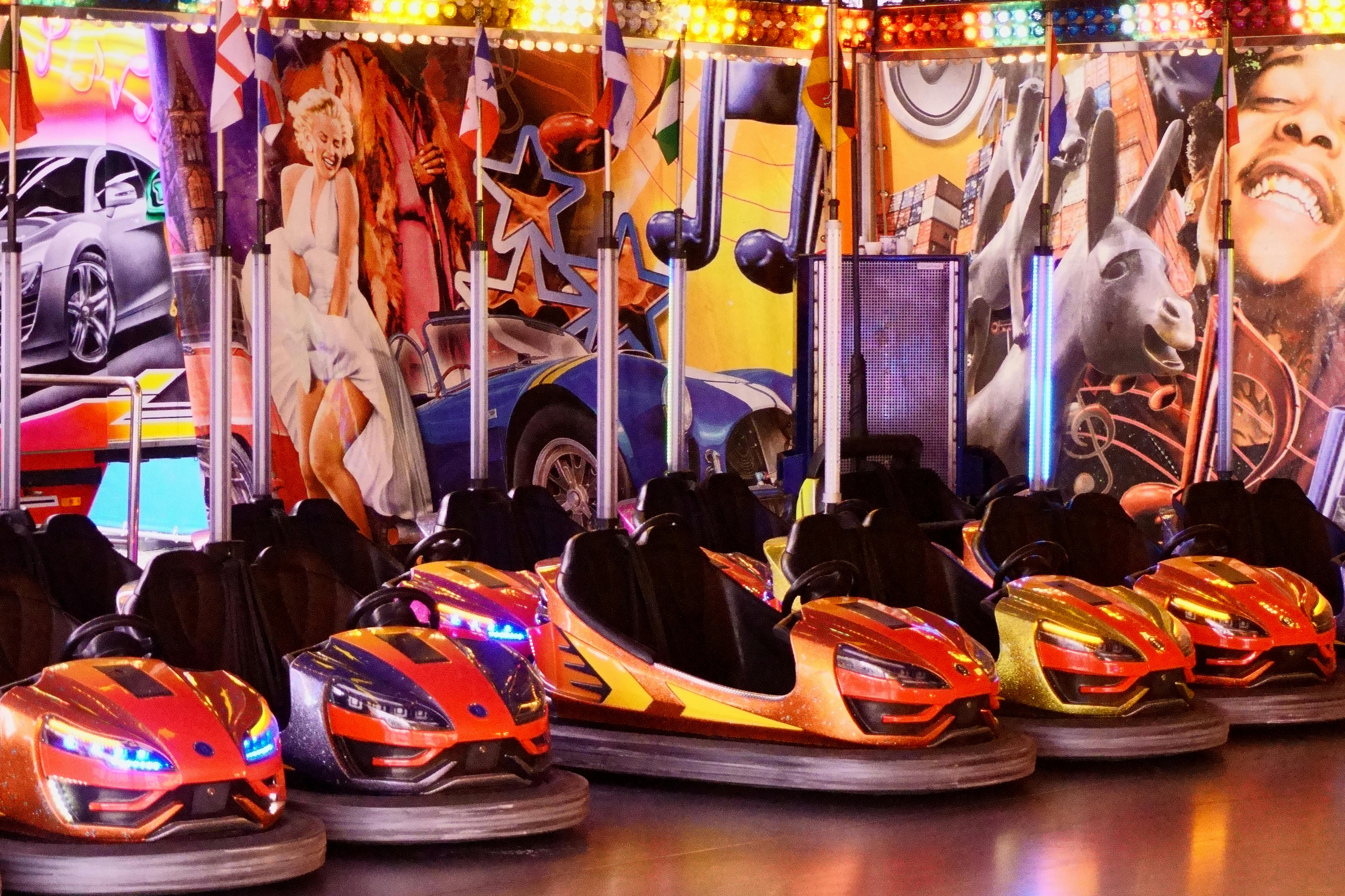Rear view camera is a must-have piece of car furniture. It captures everything that happens behind the car and helps the driver to control maneuvers more accurately when reversing.
Setting up the camera greatly simplifies the driving of the car. When buying a device, it is important not only to choose a high-quality and reliable camera, but also to set up it correctly. In this article, you will learn what sorts of cameras there are and their characteristics.
Varieties of rear view cameras, specifics of their work
Rear view cameras can be specialized and universal. Specialized cameras are designed for a specific brand of car and universal can be put on any car. With a special camera the car does not need to be redone, which greatly facilitates the operation, in addition, such a camera is virtually invisible. A camera made for one specific brand of car is more expensive, and before buying such a device for your car, you should pay attention to its compatibility with your car.
Universal cameras will fit on any car, but in this case you have to significantly interfere with the design of the car. Of course, you can use double-sided adhesive tape, but at the same time it does not look very attractive. And the strength of the attachment is not particularly good. Universal cameras can be a mortise or overhead type.
Note. The higher the resolution of the matrix, the better image quality can be achieved on the output.
Rear view camera connection can be of two types:
- wired;
- wireless.
We have 3 types of camera matrix.
- CMOS. The most affordable option with acceptable video processing speed. It loses in quality to CCD devices, though many models are close to this one.
- CCD. Has better image quality, especially in low light conditions. But also the cost is higher. There is a problem of low processing speed.
- HCCD. The most efficient type of CCD. Achieves the best image quality in low light conditions, but remains the most expensive choice.
Where to place the rear view camera?
Installation of cameras is simple, in terms of installation points, there are three main places where most often rear view cameras are placed.
- Roof. In this case, we see the location at the highest point. The best place to place the camera in this area can be either a rear window spoiler, or the back side of the roof, or reflectors, additional stop lights and many other elements. It all depends on the design of the car.
- Bumper. Here will be the lowest point where the camera is located. The device can be installed instead of one of the headlights or mounted in the bumper of the car.
- Trunk. Here the camera is mounted just below the middle of the car body. For some types of cars the best place for the camera is near the trunk lock or directly in its handle.
Warning! On some cars there might be some difficulties when installing a rear view camera. It can be design features of the car body, for example, there can be no suitable places to mount the tracking device or there can be complications that do not allow the installation of wires and so on. Difficulties can also include the refusal of the car owner to violate the solidity of the body elements, the offset of the camera lens in relation to the central axis of the vehicle and other reasons. The more upgraded the vehicle, the more likely it is that certain places will be provided for cameras.
Additional parameters of a rear view camera
The camera may be equipped with infrared illumination, but this function is not obligatory. It can help if there are problems with normal lighting. Some cameras have parking cues, meaning the screen displays lines you should move your car along to make maneuvers more accurate. But this technology only works when the camera is located in a well-defined spot. Exposure and white balance correction are useful with changes in light and time of day. Rearview cameras can also have anti-tampering features.
Sensitivity and viewing angle of rear view cameras
Light sensitivity or ISO is measured in lux, and the lower their value, the better the camera “sees” in the dark. There is no need to buy the most expensive camera, because the car headlights work and they help the camera “see” better. You can think a few times before you make a decision. If you do not need to shoot far away, a CMOS matrix is more than enough.
The viewing angle also determines the quality of the image. It should be remembered that distortion is possible at a wide angle, a narrow angle of view does not give an optimal view of what is going on. Therefore, this indicator is strictly individual, but the most popular option is 120-170 degrees.
Sources of Information:
Information about types of reverse camera for car – autodoc.co.uk


































